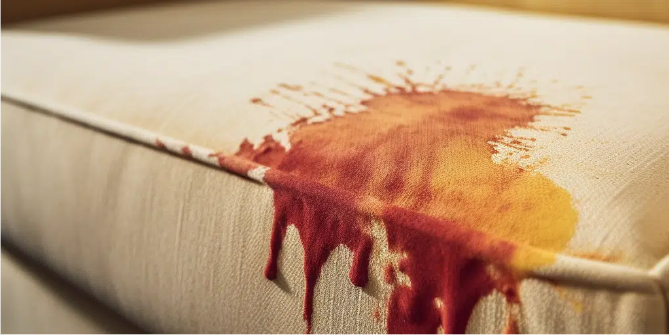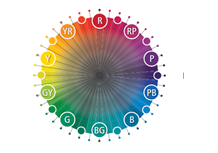The landscape of textiles, clothing, and furniture is undergoing a remarkable transformation with the growing demand for low-maintenance and durable materials. Stain-resistance fabrics are one such game-changing innovation that not only enhances the longevity and aesthetic appeal of our upholstery but also makes cleaning and maintenance a breeze.
Stain-resistant fabrics are specially made by treating to resist and repel stains and are also easier to clean and maintain. These fabrics are engineered to stop liquids or substances from soaking in, so they don’t leave lasting marks. Stain-resistant fabrics also offer a wide range of features such as durability, protection against odor, breathability, comfort, and environment friendly.
How are stain-resistant fabrics made?
Several methods involve advanced treatment and methods to boost the fabric’s ability to repel stains and simplify cleaning.
Treatment with chemical coatings:
Usually, fabrics are treated with protective coatings or finishes on the surface to prevent stains and make it easier to clean up spills and dirt. These coatings can be made from different substances, such as specialized chemicals, polymers, or fluoropolymers.
Nanotechnology:
In recent years, Scientists have been able to alter fabrics at the molecular level by embedding tiny particles into the fibers. This enables the integration of stain-resistant additives and treatments into the fabric composition. These technologies make the fabric less likely to absorb liquids and stains and the stain-resistant properties last even after repeated cleaning or use.
Types of stain-resistant fabrics:
Stain-resistant fabrics are usually made of synthetic fibers mixed with natural fibers like cotton or wool. This mix not only helps prevent stains from setting in quickly but also makes them soft and comfortable to wear.
Some stain-resistant fabrics are:
Polyester:
Polyester is most commonly known for its durability and stain-resistance properties. Its synthetic composition prevents liquids from penetrating into the fabric. Because of this, polyester is used widely in upholstery fabrics such as sofa covers and curtains as it doesn’t get stained easily and is easy to care.
Microfiber:
Microfiber is made of blends of tiny synthetic fibers, usually polyester or nylon. These tightly woven fibers make it hard for stains or spills to soak in. People often use it for furniture coverings because of its soft, durable, and easy cleaning properties.
Olefins:
Olefins, also known as polypropylene, is naturally resistant to water-based stains, oils, and chemicals. You can find olefins in outdoor furniture, kitchens, dining rooms, and restaurants.
Linen:
Linen isn’t naturally good at resisting stains, but it can be treated to make it suitable for repelling liquids and stain-resistant. Treated linen is a wise option for furniture and home textiles as it gives a natural texture and breathability properties.
Stain-resistant fabrics have revolutionized various industries, such as fashion, home furnishings, and healthcare. These fabrics offer convenience, durability, and sustainability, making them crucial in maintaining hygiene and other safety issues. As technology advances, we can anticipate further innovations in stain-resistant textiles benefiting both consumers and the textile industry.




